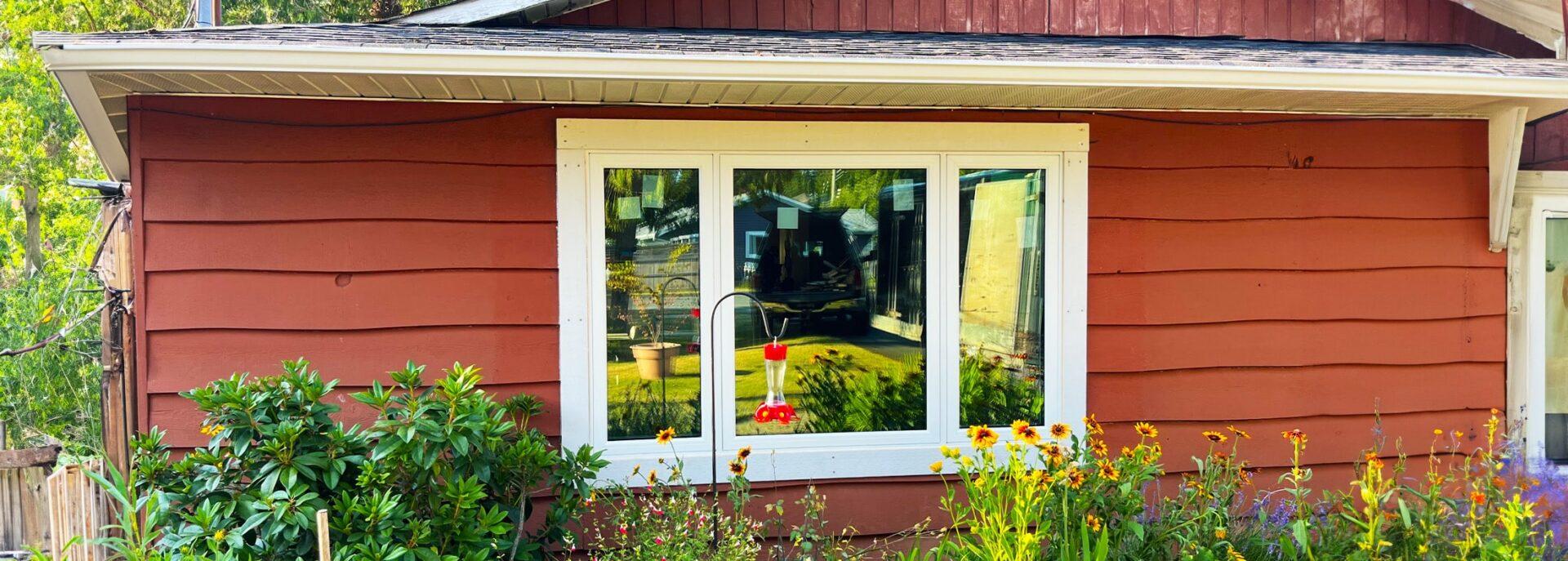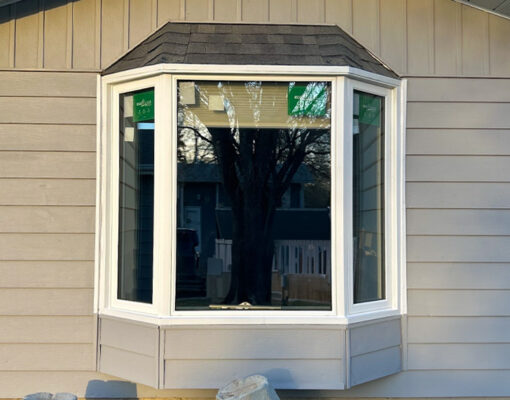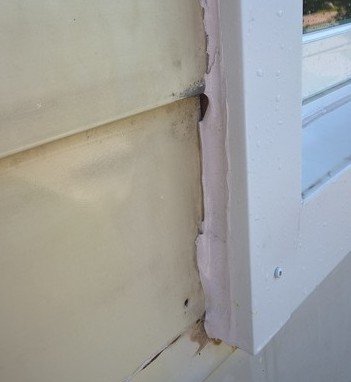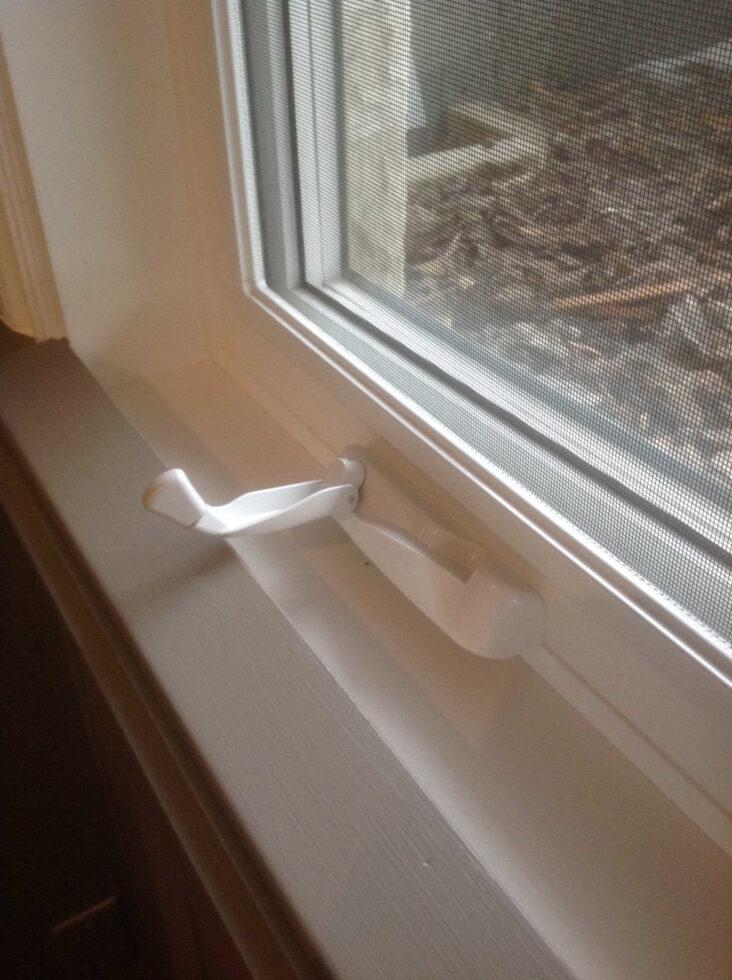

DIY Home Improvements: 6 Cheap Fixes For Windows in 2025
Apr 8, 2025
9 min read
26
Winter time is great for figuring out which of your windows need attention come spring. Most of the time the windows that are not functioning properly will show signs – either through condensation, drafts, or both.
But despite what a window company might tell you, these signs don’t necessarily mean windows need to be replaced right away. Of course, if your windows are leaking or there is moisture damage in your walls, a replacement is imminent down the road. But if you don’t suspect that your windows are allowing water into the surrounding structure, there are two good and easy fixes you can do yourself to extend the lifetime and performance of your windows.
Similarly, not all households can afford a replacement right away. Attempting to fix some or all of your windows can put off spending a big chunk of money on doing a replacement in the whole house.

Shopping for New Windows?
Window Caulking
Caulking is the first line of defense for your windows against the outside elements. Applied around the exterior perimeter of your window, caulking is usually clear, white, or black to match the colour of the window.
The problem with caulking is that it is a malleable and soft material. It can also be affected by temperature changes, causing it expand or contract. Even if it doesn’t have gaps right away, after three or five years, your caulking can crack and not be continuous. This is a problem because wood elements inside your window frame and potentially the wall structure are not exposed to moisture in the air and water leaks.

If you want to maintain the performance of your windows for as long as possible, and prevent moisture problems from eating away the inside of your wall, you should check your caulking at least once annually. Thankfully, this is an issue that can be fixed without professional help, and with materials available at the hardware store. Most stores carry the same caulking professional window installers use.
Learning to properly apply the caulking may take some time, but you are looking to get a continuous line of sealant that isn’t too thick or too thin. After caulking is applied all around the window it will need several days or even weeks to fully settle and dry. During this time caulking may bubble, drip, and separate again. You usually have to wait for all of the caulking to dry before you can remove and redo it again.
Keeping an eye on the caulking around your windows is crucial to preventing moisture and cold air penetration into your home.
Weatherstripping
Most older windows utilize weatherstripping in areas where the moving sash meets the non-moving one, or against the frame. Weatherstripping is meant to fill the space between the two sashes so the gap prevents warm air from escaping, and cold air from leaking into the home.
As sliding windows get opened and closed over time, the weatherstripping can thin out, and get worn down. Naturally, this will result in lower efficiency and an overall colder air in the room.
But just like caulking, weatherstripping can be replaced with materials purchased at Home Depot. Most weatherstripping on the market is peel-and-stick and doesn’t require any special knowledge to apply. You simply peel off your old weatherstripping and stick the fresh one on.
Hopefully replacing the weatherstripping can restore some of the original efficiency inside the actual window unit, increase soundproof capabilities and energy-efficiency, and avoid a full window replacement for some time.
Installing Window Films
Window film represents a practical solution for improving the thermal efficiency of existing windows. By applying a transparent, insulating layer to the glass, homeowners can significantly reduce heat transfer, effectively keeping warm air inside during winter and blocking heat ingress during summer. This not only contributes to a more comfortable indoor environment but also leads to considerable energy savings.
The installation process involves precise measurement, cutting, and careful application to ensure full coverage without air bubbles. Regular maintenance and cleaning can extend the film’s life, making it a cost-effective method for enhancing window performance.
Maintenance of Sliding Window Tracks
Proper maintenance of sliding window tracks is essential for ensuring smooth operation and extending the lifespan of the window mechanism. Regular cleaning to remove dust, dirt, and debris, followed by applying a silicone-based lubricant, can prevent the tracks from becoming stiff or jammed.
This maintenance task not only improves usability but also protects the window’s structural integrity by minimising the risk of damage from forced movement. It is recommended to incorporate track cleaning and lubrication into routine home maintenance schedules to maintain optimal window function.
Hardware Upgrades
The condition of window hardware is critical for a home’s security and energy efficiency. Worn or damaged locks, latches, and handles can compromise window sealing, increasing air leakage and energy loss. Upgrading window hardware is a straightforward process that can significantly improve the performance of windows.
Selecting high-quality replacement parts ensures both enhanced security and better insulation. Installation typically requires minimal tools and can be completed by homeowners with basic DIY skills. Regular inspection and timely window hardware replacement are key practices for maintaining window integrity and performance.

How to Frost Window Glass for Privacy
Frosting your windows is an excellent DIY solution for enhancing privacy without compromising natural light. Here’s a straightforward method to achieve frosted windows using easily available materials:
- Clean the Window: Begin by thoroughly cleaning the window glass to remove any dirt or grease. Use a mixture of water and vinegar or a mild glass cleaner, and wipe with a lint-free cloth.
- Measure and Cut the Film: Measure the dimensions of the window and cut the frosted window film accordingly, leaving a little extra on each side for adjustments.
- Prepare the Window Surface: Spray the window lightly with soapy water. This helps in adjusting the film during application and reduces the risk of air bubbles.
- Apply the Frosted Film: Peel off the backing from the frosted film and gently place it on the wet window surface. Start from the top and work your way down, smoothing the film with a squeegee to remove any bubbles and excess water.
- Trim the Edges: Once the film is applied and smoothed out, trim the excess film around the edges with a sharp utility knife for a clean finish.
- Allow to Dry: Let the film dry completely, which might take a few hours to a day, depending on the humidity and temperature.
By following these steps, you can easily frost your windows, enhancing privacy while still allowing natural light to brighten your home. Frosted windows are ideal for bathrooms, bedrooms, or any area where privacy is essential.
When Should You Really Replace Your Windows?
Deciding when to replace windows is a crucial aspect of home maintenance that can significantly impact your living space’s comfort and energy efficiency.
While minor issues can often be addressed with simple repairs, there are definitive signs that indicate a full window replacement is necessary:
- Significant Damage to Frame or Sash: If the window frame or sash is warped, cracked, or shows signs of rot, it indicates that repairs will not suffice. Structural damage can compromise the window’s integrity, leading to air and water leaks.
- Persistent Drafts: While some drafts can be mitigated with caulking and weatherstripping, constant cold air flow suggests a window’s sealing system failure. Continuous drafts often result in higher energy bills and discomfort.
- Difficulty Operating Windows: Windows that are consistently hard to open, close, or lock not only pose a security risk but also indicate underlying issues with the frame or balance mechanism, necessitating replacement.
- Condensation Between Panes: Double or triple-paned windows with condensation or fogging between the glass layers have likely failed seals. This failure compromises the window’s insulative properties and requires replacement to restore energy efficiency.
- Visible Moisture Damage Around the Window: Signs of moisture damage, such as mould, mildew, or peeling paint around the window area, indicate that water infiltrates due to inadequate sealing or window failure.
- Excessive Noise Penetration: If outside noise becomes increasingly noticeable, it may be due to the degradation of the window’s acoustic insulation. Modern windows offer superior soundproofing features.
- Outdated Windows: Several decades-old Windows may not meet current energy efficiency standards. Replacing old windows with modern, energy-efficient models can significantly reduce energy costs and improve comfort.
When evaluating the condition of your windows, consider these signs as indicators that replacement might be more cost-effective and beneficial in the long run. Modern replacement windows offer energy efficiency, security, and noise reduction advancements, contributing to a more comfortable and sustainable home environment.
The table below shows the approximate price ranges for new windows as of 2024.
| Ecoline's Window size | Small | Medium | Large |
|---|---|---|---|
| Basement | $254 - $3,037 | $671 - $5,020 | $705 - $4,611 |
| Bathroom | $91 - $2,817 | $274 - $2,671 | $686 - $3,233 |
| Bedroom | $287 - $2,292 | $346 - $5,326 | $450 - $5,149 |
| Dining room | $319 - $2,377 | $402 - $7,725 | $778 - $7,323 |
| Family room | $491 - $1,550 | $506 - $10,639 | $402 - $6,213 |
| Hall | $683 - $2,034 | $939 - $2,899 | $946 - $3,731 |
| Kitchen | $214 - $2,335 | $434 - $7,497 | $865 - $11,552 |
| Living room | $319 - $2,128 | $402 - $8,450 | $750 - $11,552 |
| Master bedroom | $561 - $1,794 | $662 - $7,747 | $667 - $7,430 |
| Patio | n/a | $1,370 - $5,329 | $2,345 - $10,680 |
Remember that a lot of repairs are not meant to substitute the window replacement, but rather postpone it until a more convenient time.
F.A.Q
When should I replace my windows?
Replacement is needed when windows show significant damage, persistent drafts, condensation between panes, operational difficulties, or are outdated, impacting energy efficiency and security.
What benefits do new windows offer?
New windows enhance energy efficiency, comfort, security, and aesthetics, potentially increasing property value and reducing noise.
How much do replacement windows cost?
Costs vary, with standard vinyl windows averaging $720-$1100 each, including installation. Prices increase for larger or specialised windows but can lead to long-term savings.
What are popular DIY fixes for windows?
Popular DIY fixes include applying weatherstripping for drafts, caulking to seal gaps, and installing window film to improve insulation and UV protection, all of which can extend the life and efficiency of your windows without the need for professional replacement.
Best articles in the category Window Prices
1750 Coast Meridian Rd #102,
Port Coquitlam, BC V3C 6R8
100, 17866 106A Avenue,
Edmonton, AB, Canada,
T5S 1V3
3307 Dunmore Rd SE #12,
Medicine Hat, AB,
Canada, T1B 3R2
2081 Merivale Rd #201, Ottawa, ON, Canada, K2G 1G9
by appointment only
109 Ilsley Ave Unit #3, Dartmouth,
NS, Canada, B3B 1S8








